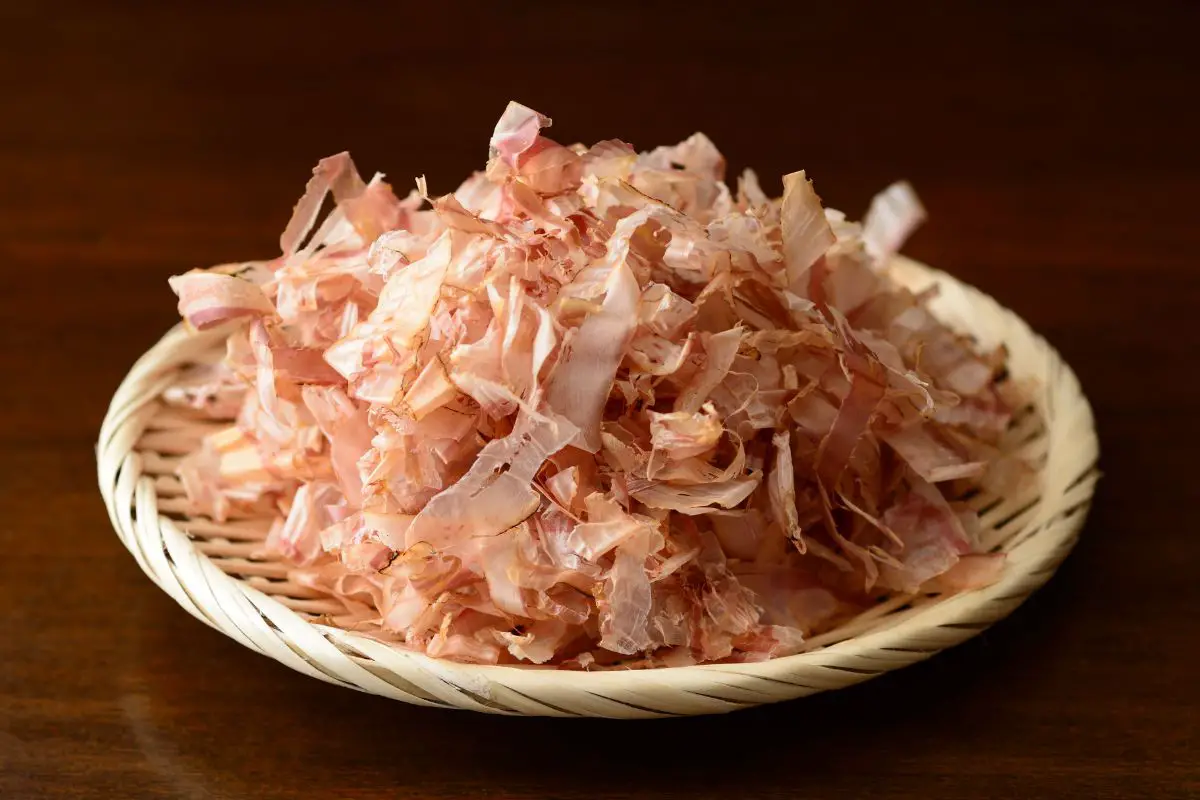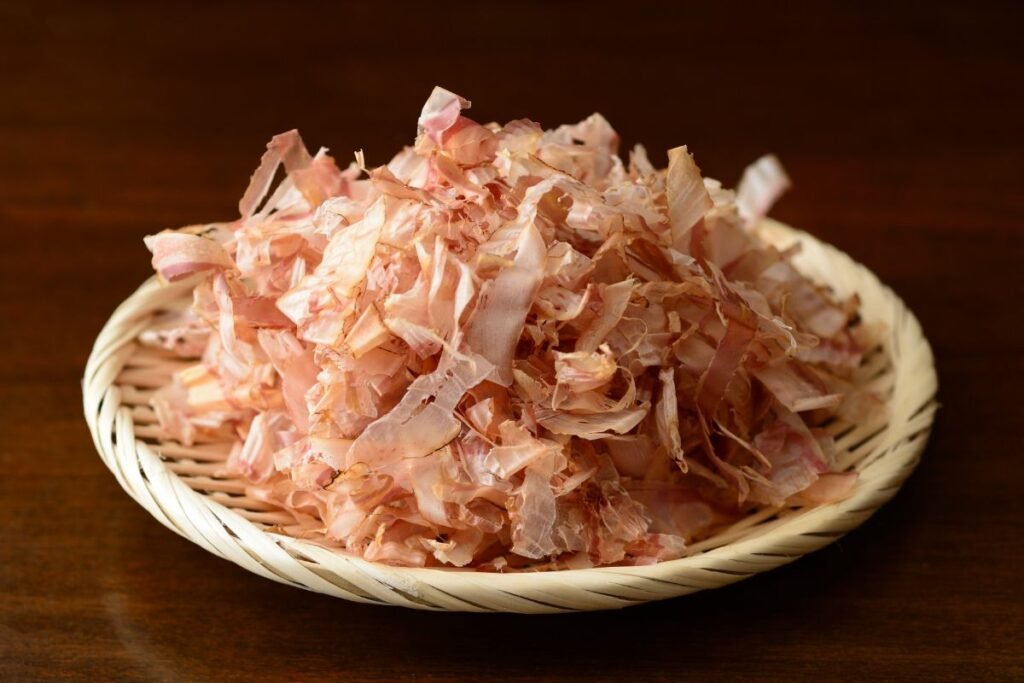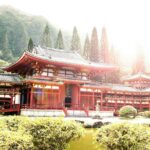There are a few cultures in the world that have their cooking marveled at to the point where whole restaurants are set up around them.
Normally, these are countries with a long tradition of their people exploring and traveling to other countries and setting up their food as a business front.

However, one of the most recent popular cuisines to come about in the last few years is also one of the most recent to join the international scene on a large scale.
That cuisine is Japanese cuisine, and it has taken the world by storm for its simplicity while also having a breathtaking range of flavor.
From Japanese cuisine, we have a whole new range of ingredients to explore, including the strange but enticing bonito flakes.
But what exactly are bonito flakes? Are they any good? That is what we are here today to find out.
What Are Bonito Flakes?
The first thing that you need to know about bonito – also known as Katsuobushi in Japan – is that it is a species of fish.
Bonito are well known and found in most parts of the world, with most species being somewhat nomadic, living their lives in vast tracts of ocean.
However, it should be noted they do tend to stay in one huge area – like the eastern pacific or the northern Atlantic.
While a lot of bonito flakes are actually made from the bonito fish, this is not always the case.
The cheaper, more ubiquitous bonito flakes are made from the bonito fish, however the more prized and pricey bonito flakes are made from skipjack tuna, which is a close relative of the bonito.
Since skipjack tuna has a higher fat content and slightly more flavor, it is far more sought after for use in making bonito flakes than actual bonito itself.
The fish are then cooked and processed to become the flaky, rich bonito flakes that everyone loves within Japanese cooking.
Due to them being so beloved, many people can buy bonito flakes in their local store, regardless of their native country or the country that they currently live in.
How Are Bonito Flakes Made?
The process of making bonito flakes is very long and is all about doing the right amount of cooking and preserving.
It is a slow process that takes several months of work, but still is incredibly rewarding. First, the fish is beheaded, gutted, and fileted.
During the fileting process, the belly fat of the fish is trimmed off, before the filets are simmered in a large basket for an hour to one hour and a half.
Once cooked, the filets are smoked using oak, castanopsis, or pasania wood for up to a month. This process is not just solid smoking all the time, though.
They are smoked in cycles of up to 5 to 6 hours at a time, with a rest day in between each smoking session to allow condensation to rise out of the fish.
Each cycle of smoking and resting is repeated 12 to 15 times, with the tar built up from the smoke being removed via a grinder.
Once the smoking is completed, the filet then has a mold culture applied to it before being left to sun-dry in a closed cultivation room for two weeks.
The mold will draw out the residual moisture in the filet and ferment the meat into the delicious katsuobushi everyone loves. The mold is then scrapped off, and the filet can now be shaved.
Using a mandolin type wood plane machine, the bonito is turned into flakes and packaged before being shipped to stores ready to be used and eaten.
Benefits Of Bonito Flakes
Considering its long history and use in so many Japanese dishes, you would hope that bonito flakes have some health benefits.
Well, not to worry as there are many health benefits to the good old bonito flake, which we will go through right now:
Anti Aging
Bonito flakes and its derivatives contain Inosinic acid, which helps to activate different cells in the body as well as provide the body with vital amino acids.
The activation of cells and the creation of collagen from the amino acids both help to fight the aging process in the body itself and can make you appear more youthful.
Blood Pressure
Bonito flakes can also significantly help with blood pressure, as they have been proven to not only lower blood pressure but improve people’s emotional states as well.
In 2008, there was a randomized human trial, where 27 elderly people were asked to ingest bonito broth instead of water for one month alongside those who ingested just water.
The result was that those who ingested the bonito broth had far improved blood pressure readings all round.
Illness
Finally, bonito flakes are said to reduce fatigue and improve a person’s mental performance overall.
This has long been cited by Japanese people, and they often give bonito flakes to people who are sick or unwell.
Considering the low fat content and high protein, they may be onto something with this one.
How Are Bonito Flakes Used?
One of the most obvious uses of bonito flakes is as a seasoning for Japanese food. You can add it to almost any food you like, and it will provide a lovely flavor boost.
Some people even add it as a flavoring to other dishes like sushi or sashimi, with a few flakes put on top.
Most popularly though, bonito is used as the base for a lot of Japanese stocks and soups.
This base is called Dashi and is made by boiling bonito in water and sieving out the flakes that remain. It is an incredibly rich stock and perfect as a ramen base.
Conclusion
Bonito flakes are a fermented type of fish flake that is made by putting a filet of either bonito or skipjack through a long month’s long process.
These flakes are used throughout Japanese cooking from stocks to soups to garnish on the top of meals, and they are absolutely delicious.









